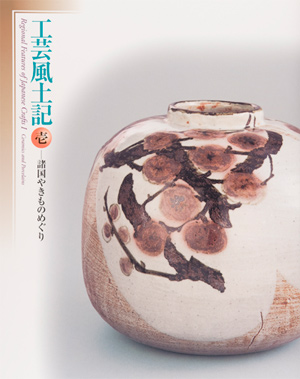| image | information |
|---|---|
 |
We are very pleased to present, as our 27th Special exhibition, Regional Features of Japanese Crafts I Ceramics and Porcelains. Our museum’s collections contain a great variety of arts and crafts products presented to the Imperial Household from all over Japan in and after the Meiji Period. In the present exhibition, we are going to focus on the charms and beauty of such products with extra emphasis placed on the unique, regional features of the production techniques and the material used. The First in the new series of shows, Regional Features of Japanese Crafts attempts to find a clear view of an important cross section of modern and contemporary Japanese ceramic and porcelain products by dividing them into three categories each featuring unique elements. Looming large in the first group are contemporary Bizen and Hagi wares whose creators attempted to challenge and emulate Momoyama Period tea ceremony wares through their own unique appreciation of the classics. The rugged textures resulting fromyakishime (high-firing) techniques and accidental glaze coatings as well as irregular shapes found in many of the products represent what modern and contemporary Japanese ceramic artists took to be the special features of the Momoyama Period tea ceremony wares. In the second group, we find modern and contemporary successors to the Edo Period wares whose two key elements are elaborate decorativeness and unabashed artificiality. Representative of the products featuring the first element are Kyo and Arita wares which continue to uphold such traditional decorative techniques as sometsuke (blue-and-white printing) and uwaetsuke (overglazing). Elaborate and highly expressive portraits of auspicious personages, on the other hand, highlight the second element. In the third group, we present folk kiln products showing especially strong regional features - the products boasting long histories and eminently familiar to the common people of each region. Onta wares are the most representative of this group. Also shown in this group are Mashiko wares which have gained great renown thanks to such master folk artists as Kawai Kanjiro and the folk art movement they were involved in as well as the products by the kilns, though of folk origins, have come to produce truly unique products of beauty thanks to highly individualistic artists involved in them. We shall be immensely gratified if the current exhibition offers an opportunity for deeper appreciation of the beauty of modern and contemporary Japanese ceramic and porcelain Wares. |